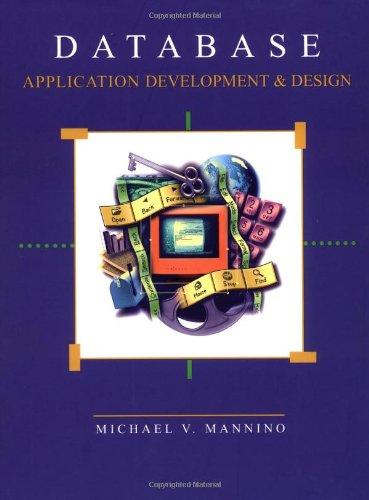Question
1. /* Example: StructuresDirect in CodeBlocks 2. structures as function arguments and return values 3. Direct instances using names */ 4. 5. #include 6. #include
1. /* Example: StructuresDirect in CodeBlocks
2. structures as function arguments and return values
3. Direct instances using names */
4.
5. #include
6. #include
7.
8. struct cplx {
9. double real; /* real part */
10. double imag; /* imaginary part */
11. };
12.
13. struct cplx add(struct cplx a, struct cplx b); /* function prototype */
14.
15.
16. int main(void)
17. {
18. struct cplx x, y, z;
19. time_t rawtime = time(NULL);
20.
21.
22. x.real = 2.5;
23. x.imag = 5.0;
24. y.real = 3.2;
25. y.imag = -1.7;
26.
27.
28. z = add(x, y);
29. printf("Direct Instance z = %4.2f + %4.2f j ", z.real, z.imag);
30. printf("Today is %s", ctime(&rawtime));
31. return 0;
32. }
33.
34.
35. struct cplx add(struct cplx a, struct cplx b)
36. {
37. struct cplx c = a; /* can initialise an auto struct variable */
38.
39. c.real += b.real;
40. c.imag += b.imag;
41. return c; /* can return a struct value */
42. }
2. Which lines form the prototype for a structure
3. What is the tag name of the structure
4. Which lines create instances of the structure, what are the structure names?
5. Which lines initialize the member elements of the structures? How?
6. Which line is the prototype for a function with structure parameters
7. Which lines are the function definition with structure parameters
8. How are the member elements of a named (direct instance) structure dereferenced (how are the values changed)?
9. How is the addition of two structures accomplished?
Step by Step Solution
There are 3 Steps involved in it
Step: 1

Get Instant Access to Expert-Tailored Solutions
See step-by-step solutions with expert insights and AI powered tools for academic success
Step: 2

Step: 3

Ace Your Homework with AI
Get the answers you need in no time with our AI-driven, step-by-step assistance
Get Started


